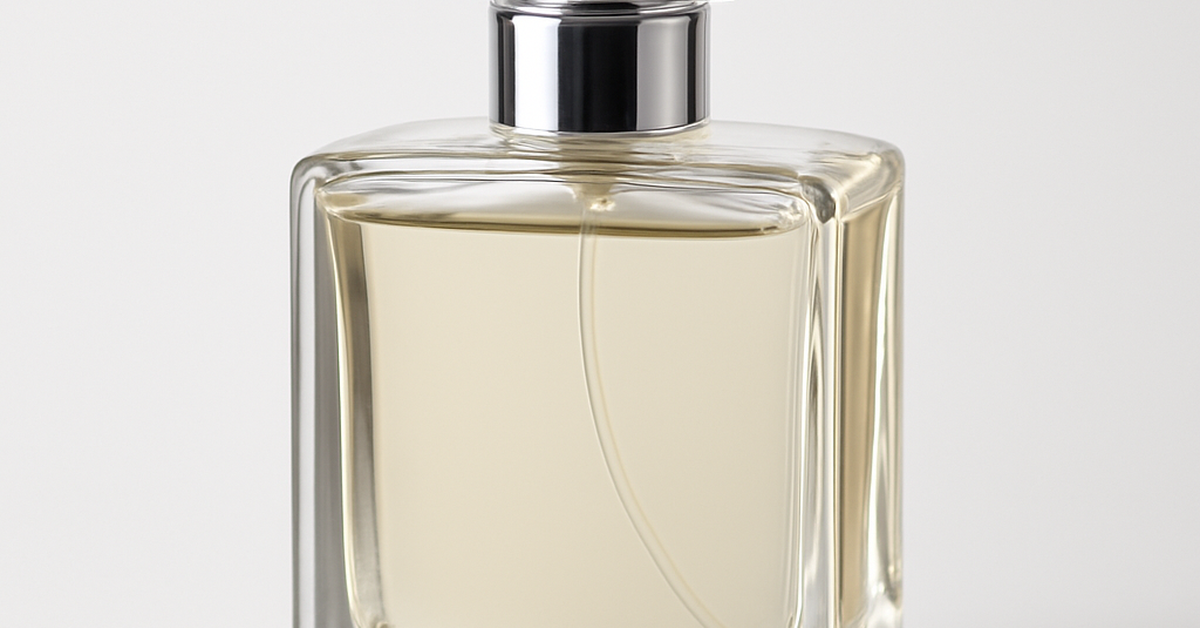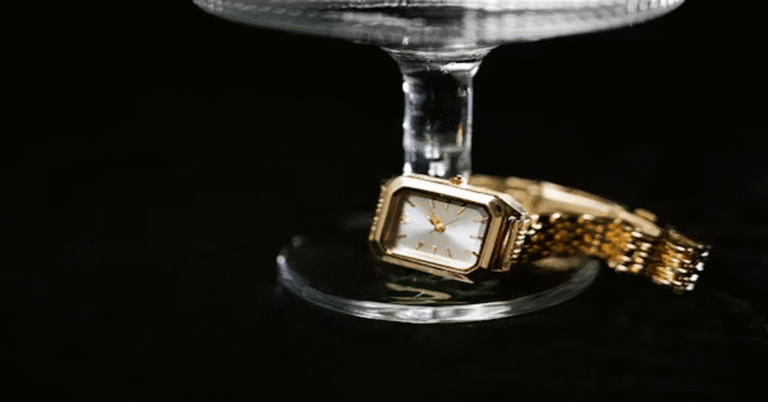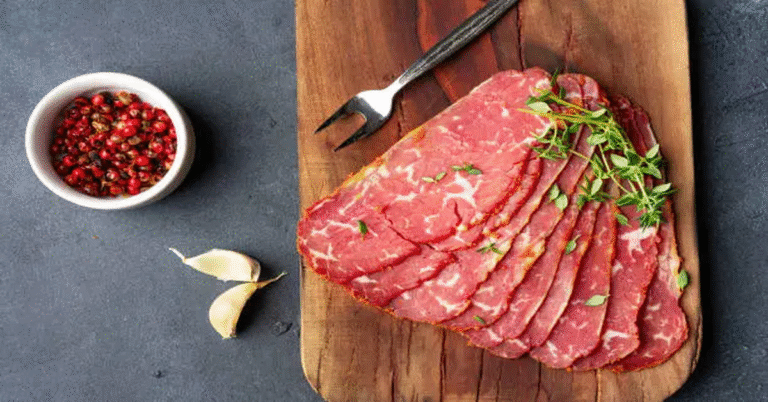
Fragrance has always been an intimate part of human civilization, shaping culture, identity, and personal expression. Among the many fragrance formats available today, Eau de Toilette (EDT) occupies a distinctive position in the perfume family. It is lighter than perfume extracts, fresher than colognes, and versatile enough to be worn daily. For many people, eau de toilette represents their first step into the world of fragrances, providing an approachable balance between affordability, performance, and subtle sophistication.
This article explores what eau de toilette is, its origins, how it is made, its chemical structure, cultural role, proper usage, and how it differs from other fragrance concentrations. In addition, practical advice and reference tables will help readers choose the right fragrance type for different occasions.
Origins and Historical Evolution of Eau de Toilette
The term “toilette” originates from the French word toile, meaning cloth, which in historical Europe referred to the grooming process where noblemen and women prepared themselves for the day. By the 18th century, “eau de toilette” described scented waters applied during personal grooming.
Early Beginnings
- Ancient Egyptians, Greeks, and Romans used perfumed oils and resins for rituals and personal adornment.
- In Renaissance France, perfumed waters became central to aristocratic daily routines.
- By the 19th century, perfumers in Paris and Grasse refined formulas into lighter concentrations that were refreshing and practical for warmer climates.
Modern Development
Eau de toilette became a household staple in the 20th century as industrial distillation and synthetic molecules expanded production. While traditional perfumes were luxurious and costly, EDTs became more affordable and accessible, transforming fragrance from an occasional indulgence into a part of everyday life.
Defining Eau de Toilette
Eau de toilette is a type of fragrance solution defined primarily by its concentration of aromatic compounds.
- Concentration range: Typically 5–15% essential oils dissolved in alcohol and water.
- Longevity: Lasts around 3–5 hours depending on skin type, weather, and composition.
- Intensity: Lighter and fresher compared to eau de parfum or parfum.
Comparison Table of Fragrance Concentrations
| Type of Fragrance | Oil Concentration | Longevity on Skin | Intensity | Common Use Case |
|---|---|---|---|---|
| Perfume/Parfum | 20–30% | 6–10 hours | Very strong | Evening wear, special events |
| Eau de Parfum (EDP) | 15–20% | 5–8 hours | Strong | Everyday luxury, professional settings |
| Eau de Toilette (EDT) | 5–15% | 3–5 hours | Moderate | Daily use, casual wear |
| Eau de Cologne (EDC) | 2–5% | 1–2 hours | Light | Quick refresh, hot climates |
| Eau Fraîche | 1–3% | Less than 1 hour | Very light | After workouts, light splash |
This clear distinction shows why eau de toilette remains popular—it balances lasting power and wearability.
Composition of Eau de Toilette
Eau de toilette is crafted with artistry and chemistry. Its core structure relies on the fragrance pyramid:
- Top Notes – The first impression, usually fresh, citrusy, or herbal. These evaporate quickly.
- Heart (Middle) Notes – The main theme of the fragrance, often floral, fruity, or spicy. They define the character.
- Base Notes – Deep, long-lasting scents like woods, musk, or vanilla that anchor the composition.
Key Components
- Essential oils: Extracted from flowers, fruits, spices, and woods.
- Synthetic molecules: Created to replicate or enhance natural scents.
- Alcohol: Carrier that disperses fragrance molecules on the skin.
- Water: Dilution agent that balances the concentration.
Example Pyramid in Eau de Toilette
| Layer | Typical Notes | Role in Fragrance |
|---|---|---|
| Top | Lemon, Bergamot, Mint | Fresh opening to attract attention |
| Middle | Lavender, Jasmine, Rose | Defines the fragrance character |
| Base | Cedarwood, Amber, Musk | Provides depth and lasting warmth |
How Eau de Toilette Differs from Other Fragrances
Many consumers confuse eau de toilette with perfume or cologne. The distinction lies in concentration, longevity, and intensity.
- Compared to eau de parfum, EDT is lighter, making it ideal for daytime or warmer seasons.
- Compared to cologne, EDT lasts longer and feels more sophisticated, often chosen for both casual and professional environments.
- Unlike perfume oils, which are heavy and luxurious, EDTs are designed for regular wear without overwhelming others.
Cultural and Social Significance
Fragrance is more than a scent—it is an expression of culture, identity, and emotion.
Personal Identity
Wearing eau de toilette is an intimate ritual. It becomes a signature scent, shaping how others remember you. Many people select different EDTs to match their mood or lifestyle.
Professional and Social Etiquette
EDTs strike a balance between being noticeable and non-intrusive. In workplaces, overpowering perfumes may be frowned upon, but a well-chosen eau de toilette creates a professional, polished impression.
Seasonal and Geographical Influence
- In Mediterranean climates, fresh citrus-based EDTs are popular.
- In colder regions, woodsy or spicy EDTs offer warmth without heaviness.
- In Asian cultures, lighter floral eau de toilettes are often preferred for subtlety.
Practical Tips for Using Eau de Toilette
To maximize the performance of EDT, application and storage are crucial.
Application Guidelines
- Apply on pulse points: wrists, neck, behind ears, and inner elbows.
- Spray from a distance of 10–15 cm to ensure even distribution.
- Do not rub wrists after spraying; friction breaks down scent molecules.
- Layer with matching deodorant or shower gel to prolong longevity.
Storage Best Practices
- Store bottles in cool, dark places, away from direct sunlight.
- Avoid humid environments like bathrooms.
- Keep the cap tightly closed to prevent evaporation.
Eau de Toilette for Men vs. Women
Though fragrance is ultimately gender-neutral, marketing often differentiates EDTs into masculine and feminine categories.
| Aspect | Men’s Eau de Toilette | Women’s Eau de Toilette |
|---|---|---|
| Common Notes | Woods, spices, herbs, citrus | Florals, fruits, musks, vanilla |
| Bottle Design | Bold, dark, geometric | Elegant, lighter, floral motifs |
| Market Focus | Strength, freshness, energy | Elegance, charm, sensuality |
Increasingly, unisex EDTs are gaining popularity, celebrating inclusivity and personal choice beyond gender stereotypes.
Economic and Market Impact
The fragrance industry, valued in billions globally, relies heavily on EDT as its most commercially sold category. Reasons include:
- Affordability compared to parfum.
- Wide availability in department stores.
- Seasonal limited editions targeting younger audiences.
Brands often release eau de toilette versions of their flagship perfumes, providing an accessible entry point into luxury perfumery.
Health and Environmental Considerations
Skin Reactions
While generally safe, some individuals may experience sensitivity due to alcohol or synthetic compounds. Performing a patch test before use is recommended.
Environmental Impact
Modern perfumery faces challenges:
- Sustainability of natural resources such as sandalwood and rose.
- Increasing use of synthetic molecules to reduce environmental strain.
- Shift toward eco-friendly packaging and refillable bottles.
Choosing the Right Eau de Toilette
Selecting an EDT requires consideration of lifestyle, climate, and personality.
Factors to Consider
- Season: Citrus in summer, spicy woods in winter.
- Occasion: Subtle florals for office, bolder accords for evening outings.
- Skin chemistry: Fragrances react differently depending on individual skin oils.
Table: Eau de Toilette Recommendations
| Occasion | Suggested Notes | Example Profiles |
|---|---|---|
| Office/Work | Lavender, Tea, Vetiver | Clean, professional |
| Casual Outings | Citrus, Green, Aquatic | Fresh, sporty |
| Romantic Dates | Rose, Amber, Vanilla | Warm, sensual |
| Evening Events | Leather, Spices, Oud | Bold, luxurious |
| Travel/Outdoors | Mint, Marine, Bergamot | Refreshing, energizing |
Future of Eau de Toilette
The fragrance industry is evolving with trends like personalized perfumery, natural ingredients, and digital fragrance experiences. Eau de toilette, with its universal appeal, will remain central to this shift. Its ability to bridge tradition and modernity makes it timeless.
Conclusion
Eau de toilette is more than a fragrance concentration—it is a reflection of history, artistry, culture, and daily ritual. Whether chosen for personal identity, social etiquette, or cultural symbolism, EDT continues to be a beloved choice across the globe. Its balance of freshness, accessibility, and subtle sophistication ensures that it will endure as an essential part of the fragrance landscape.
FAQs
1. How long does eau de toilette last compared to perfume?
Eau de toilette generally lasts 3–5 hours, whereas perfumes (parfum) may last 6–10 hours due to higher oil concentration.
2. Can eau de toilette be worn daily?
Yes, EDT is ideal for daily wear because it is lighter and less overpowering, making it suitable for work, social, and casual occasions.
3. Does eau de toilette expire?
Yes, typically EDTs last about 3–5 years if stored properly. Exposure to heat and sunlight can reduce shelf life.
4. Is eau de toilette better for summer or winter?
EDTs are especially popular in summer because of their fresh and light composition, but deeper EDTs with woods and spices can suit winter.
5. What is the difference between eau de toilette and eau de parfum?
The main difference lies in concentration: EDP has 15–20% oils, making it richer and longer-lasting, while EDT has 5–15% oils for a fresher effect.






